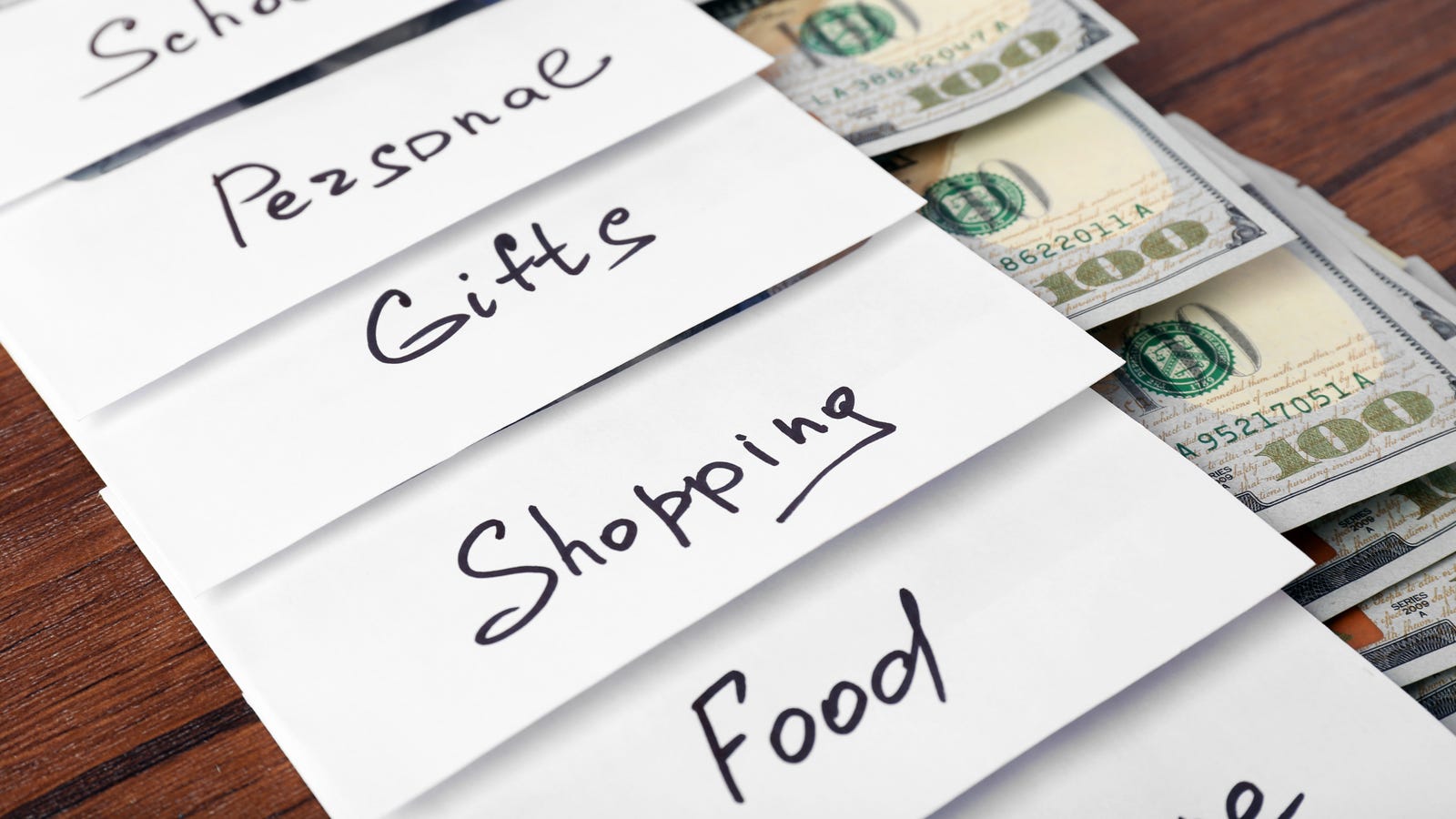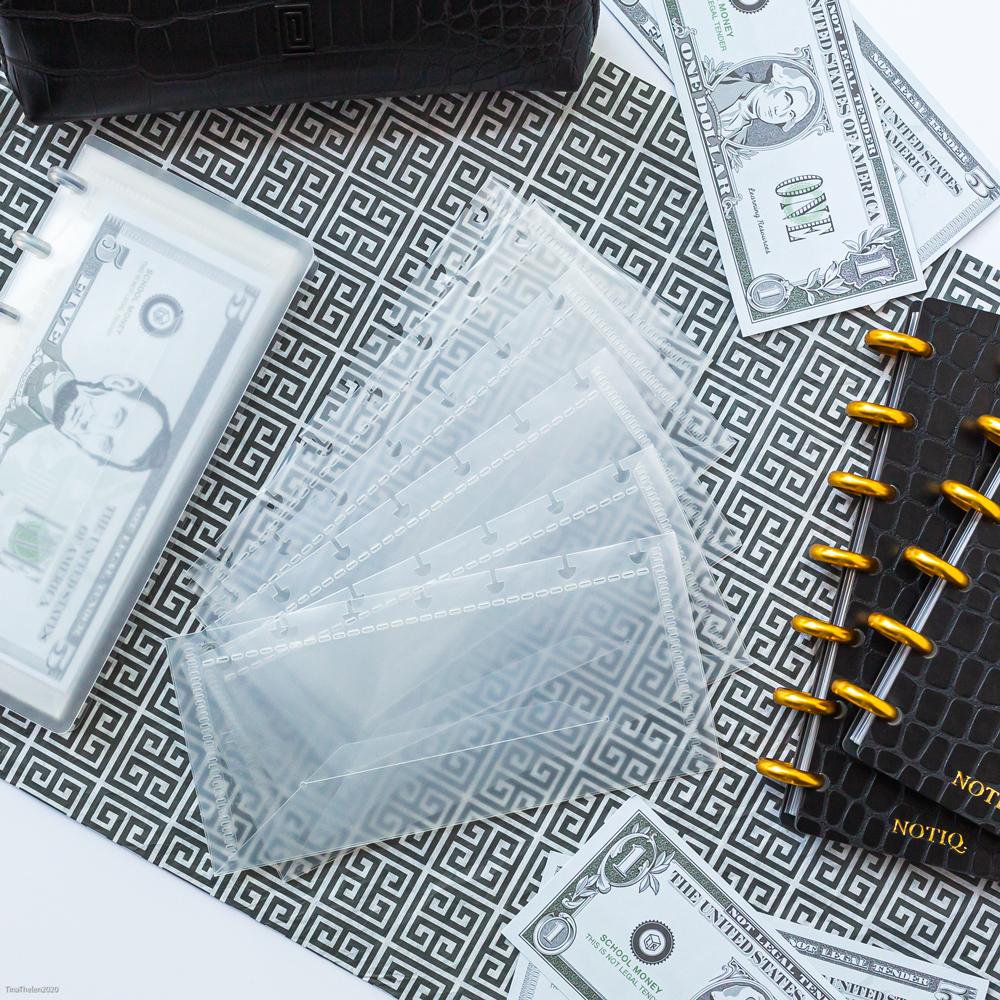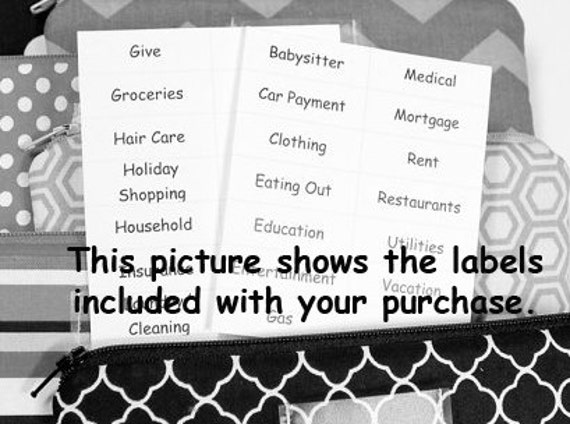


Many credit cards come with rewards programs and built-in coverage, such as fraud detection, extended warranties, and purchase protection. Credit cards, debit cards, and digital wallets offer more security than cash, and they include $0 liability for unauthorized purchases in most cases. Homeowners or renters insurance may cover you if your cash is stolen from home, but only up to your policy limits. If you decide to use cash and envelopes instead of digital tools, you’ll need to cash your paychecks and divide up the money every pay period. If you want the benefits and structure of the envelope system but don’t want to carry around cash, consider using a spreadsheet or budgeting app. The envelope budgeting system comes with a few drawbacks-but they’re all related to using cash. After a few months, you’ll be able to see how you spend money and identify any problem areas. It provides insight into your spending habits.When you put firm limits on your expenses, it may help curb overspending on impulse purchases. It reinforces discipline and you’ll know how much you spend.“Something about having to physically part with the cash makes it harder to spend,” Lins says. In a 2016 Federal Reserve study, the average value of a cash transaction was $22, compared to $112 when paying electronically, such as with a credit card. People tend to spend less when using cash. The envelope budgeting system can be a good fit for people who want to track their spending and need help staying within their monthly allowance. Ultimately, understanding the pros and cons of the envelope budgeting system can help you decide whether you want to try this approach. So is this budgeting approach right for you? It all depends on how you spend and manage money-and whether this strategy aligns well with that.

What are the pros and cons of the envelope system? For instance, you might shift money from your “entertainment” envelope and add it to your “dining out” envelope based on your priorities. If you regularly run out of money in an envelope that’s important to you, Everett says, it may be time to reassess what you’ve budgeted for the category. Keep a running total of how much cash you have left in each envelope for the month. Write the starting total on the envelope, and list each purchase every time you spend money. Here’s an example of how you might divide your remaining $1,020:Įach pay period, you’ll take out cash-which is $1,020 in our example-and divide it among your envelopes. Now that you’ve determined your take-home pay, envelope categories, and how much you can spend, you’ll decide how much money to allocate to each category. Step 3: Assign a budget for each envelope That leaves $1,020 ($3,400 minus $2,380) for you to spread across the envelope categories. Going back to our example from before, your total monthly spend is $2,380 each month on fixed needs ($1,700), debt repayment, and savings ($680). “I see a lot of people trim their subscriptions at this point,” Everett says. If there are any luxury spending categories, you’ll need to decide which ones you can afford to keep-or cut. Everyone’s categories will be different, but the main ones usually include:Ĭheck whether each expense is necessary. When you’re defining your variable expenses, check your most recent credit card or bank statements to get an accurate calculation. In our example above, you bring home $3,400 a month. If your income varies every month, then calculate the average by adding up your total earnings for the past year and dividing the amount by 12.


 0 kommentar(er)
0 kommentar(er)
